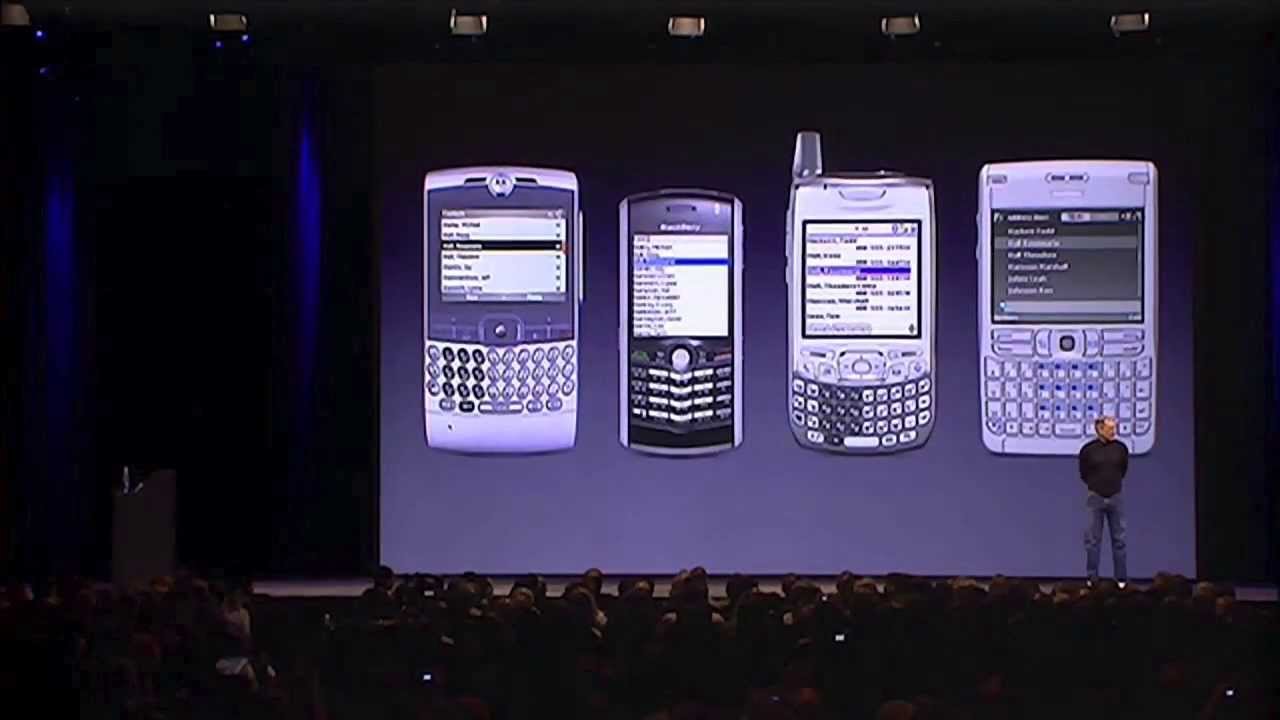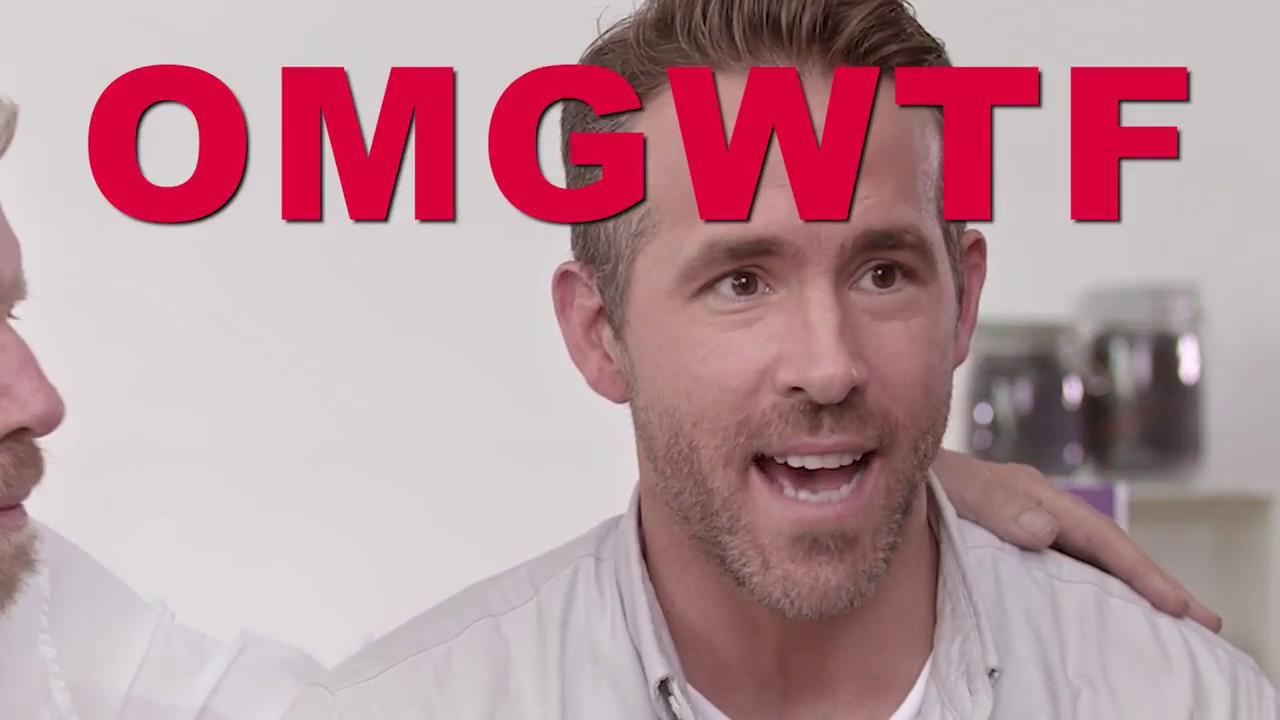Disney: The Story Behind The Brand
Table of Contents
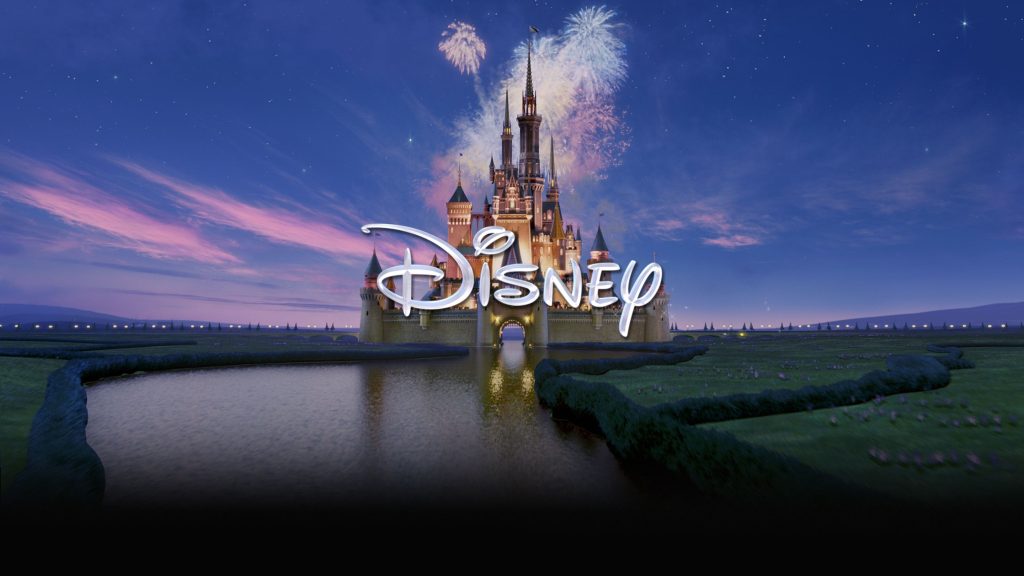
I saw my first Disney movie in the early eighties, I must have been seven or ten. It was ‘Bambi’, and it ran on TV as a series with a new episode coming out every week. I laughed and I cried and it was wonderful.
‘One Thousand Dalmatians’, ‘The Aristocats’, ‘Lady and the Tramp’ and ‘Jungle Book’ followed – incredibly beautiful character drawings, flawless character movement and great storylines – I was hooked forever.
My Disney love began in childhood and carried me into adulthood (also comic books, but that’s another story). I watched every animated movie Disney has ever produced. I believe Hades (‘Hercules’) is the best and most underrated villain in a Disney movie. Hades was voiced by the incredible Oscar-winning James Woods who, I recently found out, said voicing Hades was his favourite job as an actor. When I saw ‘Beauty and the Beast’, I was a teenager and instantly connected with Belle because I was just like her: reading all the time, practically every book in my parents’ home library, a bit socially awkward. I still know every note, and almost every word, to ‘Part of your world’, Ariel’s song from ‘Little Mermaid’, one of the most beautiful songs in Disney history in my opinion. ‘Little Mermaid’ is also a testament to Disney’s genius storytelling and amazing artists: Ariel, the main character doesn’t speak for most of the movie, how about that! When Pixar became part of Disney (what a genius business move!), animation changed forever. I’ll stop right here so this article doesn’t turn into a 10,000-word celebration of the wonderful world of Pixar movies (discover the Pixar storytelling framework).
If you have ever seen a Disney movie, if you or your kids are Disney fans, or just curious to know how Disney became a movie powerhouse and a powerful brand worldwide, this article is for you.
To write this article, I selected relevant information from Disney’s website, the official Disney fan club, and the company’s latest financial report.
Enjoy!

DISNEY COMPANY INFO
- Company valuation: 168 billion dollars; Disney is in the top 3 biggest movie producers worldwide;
- Number of employees: 220,000 worldwide (166,000 in the U.S. and approximately 54,000 internationally);
- Number of Disney branded stores: 40 in Japan, 20 in North America, 3 in Europe and 1 store in China;
- The Company owns 8 television stations which collectively reach approximately 20% of US television households;
- TV Channels outside the US: 220 General Entertainment channels (under Fox, National Geographic and Star brands), 75 Family channels (under Disney brand), 55 Sports channels (under ESPN, Fox and Star brands);
- Disney content is broadcast in approximately 40 languages and 180 countries/territories;
- During fiscal 2023, the Company is expected to release approximately 40 titles (films and TV series)
- The Disney Studios film library includes content from approximately 100 years of production history, as well as acquired film libraries and totals approximately 5,100 live-action titles and 400 animation titles;
- Disney Parks & Experiences:
- 6 Parks:
- Walt Disney World Resort (Florida, USA)
- Disneyland Resort (California, USA)
- Disneyland Paris (France)
- Hong Kong Disneyland Resort (Taiwan)
- Shanghai Disney Resort (China)
- Tokyo Disneyland (Japan)
- 5 Disney Experiences:
- Disney Cruise Line
- Disney Vacation Club
- National Geographic Expeditions
- Adventures by Disney
- Aulani, a Disney Resort & Spa (Hawaii)
- 6 Parks:
- Revenues by business segment:
- Disney Media and Entertainment Distribution – 55 billion dollars
- Disney Parks, Experiences and Products – 28,7 billion dollars
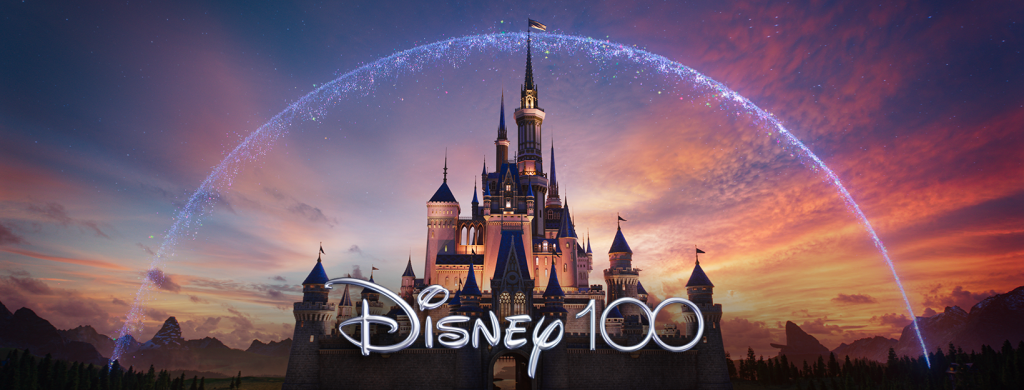
100 YEARS OF DISNEY TIMELINE & MILESTONES (1923 – 2023)
1923: Together with his brother, Roy, Walt establishes the Disney Brothers Studio, today The Walt Disney Company; he was 22. They take on contracts for animated shorts and story cartoons.
1928: Walt creates Mickey Mouse. The character’s first appearance is in the black-and-white short animation Steamboat Willie, the first cartoon that synchronizes sound and animation.
1932: Walt Disney’s short ‘Flowers and Trees’ wins the Academy Award® for Best Cartoon, the first year that the Academy offered such a category. The film is also the first full-colour cartoon. For the rest of that decade, a Disney cartoon won the Oscar® every year.
1937: ‘Snow White and the Seven Dwarfs’ becomes the highest-grossing film of all time, a record it held until it was surpassed by ‘Gone with the Wind’.
1950: ‘Cinderella’ becomes Disney’s first commercially successful animated feature since ‘Snow White’.
1954: The Disneyland anthology series launches, a television program that ran on all three TV networks at the time in America and remained on the air for 29 years, making it the longest-running primetime television series ever.
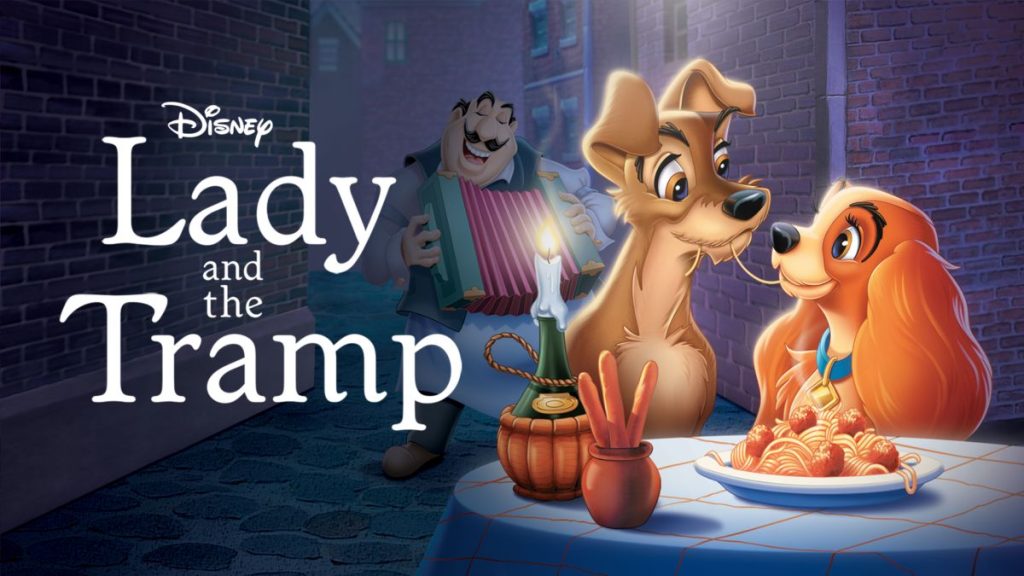
1955: ‘Lady and the Tramp’ is the first animated feature filmed in wide-screen CinemaScope technology.
The first Disneyland opens its doors to visitors. It is Walt Disney’s first innovation: an amusement park where parents and children could go and have a good time together; more popular now than it was in 1955.
1964: ‘Mary Poppins’ is released and is later nominated for 13 Academy Awards. President Lyndon Johnson presents Walt with the Presidential Medal of Freedom, the nation’s highest civil honour.
1966: Walt Disney dies, and the company continues its operations under Roy’s leadership. Walt Disney World in California becomes one of the premier vacation destinations in the world.
1983: The Disney Channel launches nationally as a premium channel.
1984: Disney established a new label, Touchstone Pictures, to attract the teenage and adult market; its biggest hit is ‘Golden Girls’.
1984: Eighteen years after Walt Disney’s death, the Company’s revenues are dwindling. Sensing the company’s vulnerability, corporate raiders attempt a hostile takeover which, fortunately, is stopped by Walt’s nephew, Roy E Disney. With his help, the Company gets a new management team with a successful record track in Hollywood. The new leadership unlocks new revenue streams, finds new ways to maximize the assets and launches Disney into the top spot of the entertainment industry.
1988: For the first time, Disney led Hollywood studios in box-office earnings: ‘Who Framed Roger Rabbit’, ‘Good Morning, Vietnam’, ‘Three Men and a Baby’, and later, ‘Honey, I Shrunk the Kids’, ‘Dick Tracy’, ‘Pretty Woman’, and ‘Sister Act’ each pass the $100 million milestone.
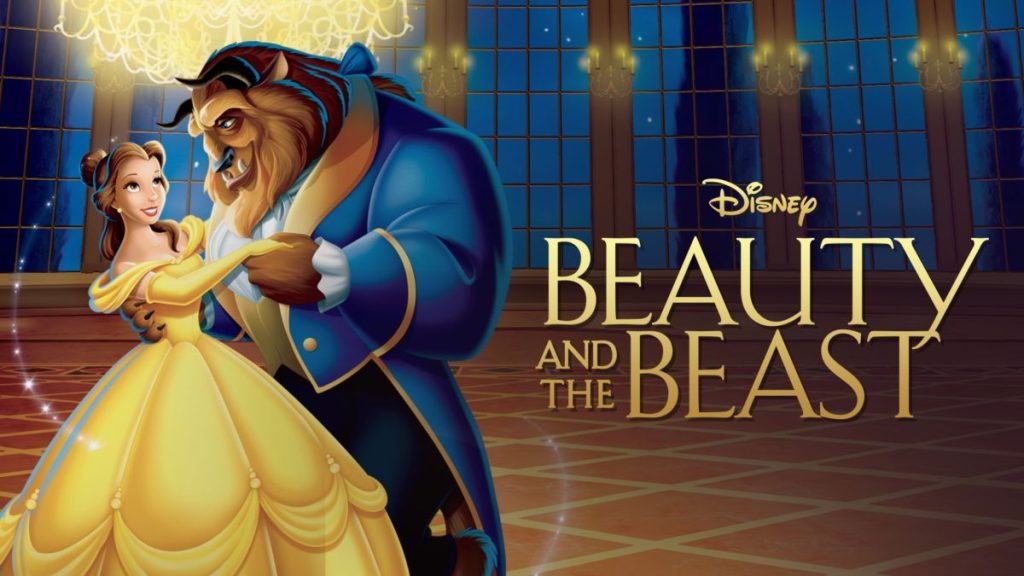
1991: ‘Beauty and the Beast’ is the first-ever animated feature film to be nominated for best picture at the Oscars; it lost to ‘Silence of the Lambs’.
1994: ‘The Lion King’ is launched and soon becomes one of the highest-grossing films of all time. The Company ventures onto Broadway with a very successful stage production of ‘Beauty and the Beast’.
1995: ‘Toy Story’, which pioneered computer animation techniques, enters the Guinness Book of World Records for being the first feature-length computer-animated movie ever made. It becomes the highest-grossing animated film of all time.
1996: Disney completes its acquisition of Capital Cities/ABC. The $19 billion transaction, the second-largest in U.S. history, brought the country’s top television network to Disney.
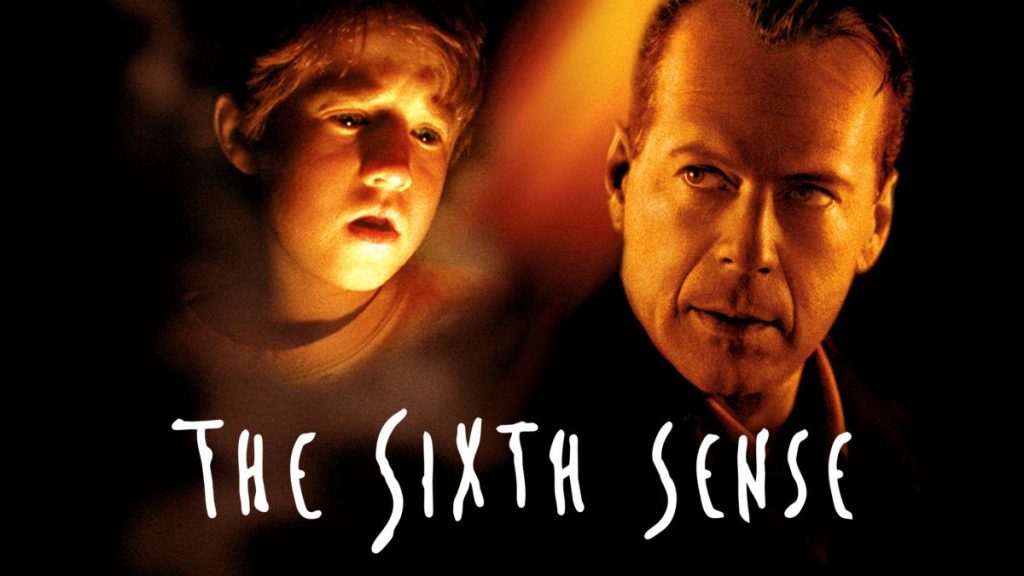
1999: ‘The Sixth Sense’, whose script was acquired by Disney, becomes the second biggest hit of the year after ‘Star Wars – The Phantom Menace’.
2003: ‘Pirates of the Caribbean: The Curse of the Black Pearl’ and ‘Finding Nemo’, two of the all-time highest-earning movies help Disney become the first studio in history to surpass $3 billion at the global box office.
2006: ‘High School Musical’ airs and breaks all Disney Channel records, with its soundtrack going platinum. ‘Hannah Montana’ debuts on Disney Channel.
2009: ‘Up’ is released, and won two Oscars.
2019: Disney+ streaming service debuts.
2012-2023: In this decade, Disney launched over 30 box office hit Hollywood movies, TV series and animated films from Marvel, Disney Studios and LucasFilm that made movie history and became iconic films part of pop culture.
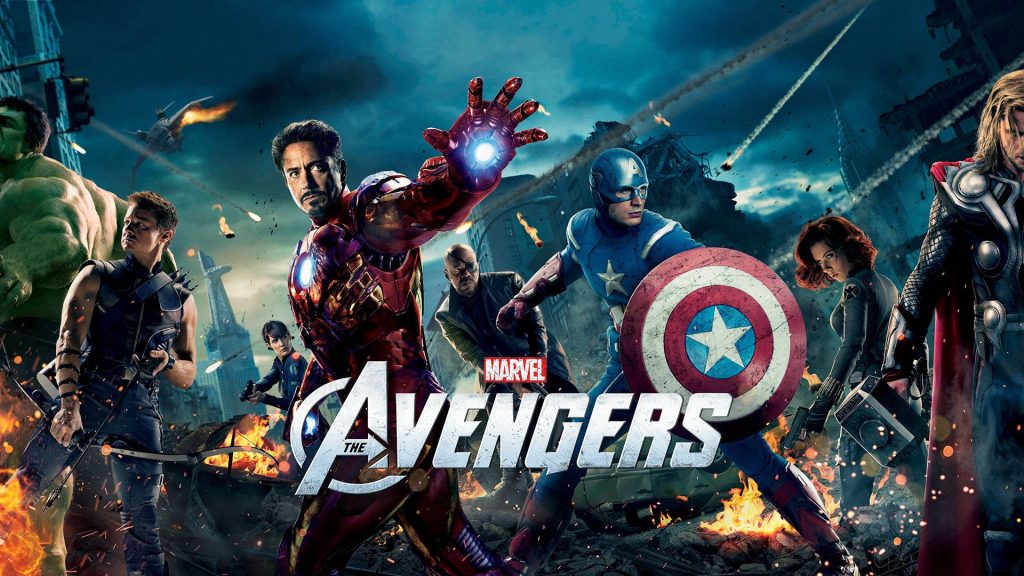
DISNEY STATISTICS & FUN FACTS
- 2022 revenue: 83 billion dollars;
- Disney Plus has 164 million paid subscribers;
- 62 million visitors annually across all Disney parks (Pixie Dust and Passports);
- As a film producer, Walt Disney Disney holds the record for most Academy Awards earned by an individual, having won 32 Oscars;
- As of 2023, The Walt Disney Company has won a total of 143 Academy Awards (Oscars) including Walt Disney’s;
- ‘The Little Mermaid,’ ‘Iron Man’ were added to the National Film Registry of the Library of Congress. The National Film Registry preserves the country’s cinematic heritage;
- ‘The Lion King’, which debuted on Broadway in 1997 is currently the world’s highest-grossing musical with 8 billion dollars in revenue worldwide;
- The top 3 worldwide highest-grossing animated movies of all time are Disney’s Frozen 2 (1.45 billion dollars), Frozen (1.28 billion dollars) and Incredibles 2 (1.24 billion dollars);
- The top 3 worldwide highest-grossing movies of all time are ‘Avatar’ (2.92 billion dollars), ‘Avengers: Endgame’ (2.79 billion dollars), ‘Avatar 2’ (2.31 billion dollars). All three movies were produced by studios which are now Disney assets: 20th Century Studios (acquired in 2019) and Marvel Studios (acquired in 2009).
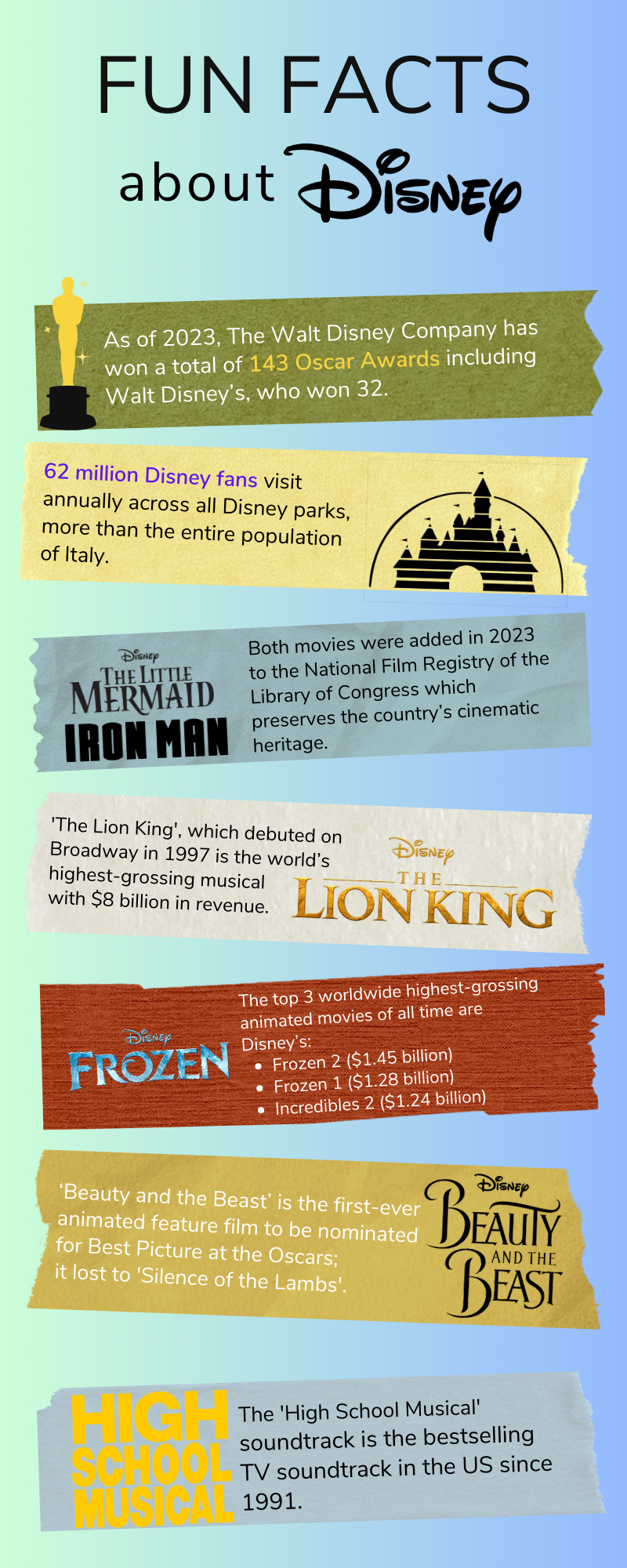
DISNEY’S TOP ACQUISITIONS
- 2004 – DISNEY acquired The Jim Henson Company (‘The Muppets Show’);
- 2006 – DISNEY acquired Pixar for 7.4 billion dollars (‘Toy Story’, ‘Monsters’, ‘Finding Nemo’, ‘The Incredibles’ etc);
- 2009 – DISNEY acquired Marvel Entertainment for 4 billion dollars (‘Iron Man’, ‘Spiderman’, ‘Avengers’, ‘Thor’, ‘SheHulk’, ‘WandaVision’, ‘AntMan’ etc);
- 2012 – DISNEY acquired Lucasfilm for 4.05 billion dollars (‘Star Wars’, ‘Mandalorian’, ‘Andor’, ‘Obi Wan’ etc);
- 2019 – DISNEY acquired 21st Century Fox for 71.3 billion dollars (‘Avatar’, ‘X-Men’, ‘Slumdog Millionaire’, ‘Mrs Doubtfire’, ‘Home Alone’, ‘Die Hard’ etc).
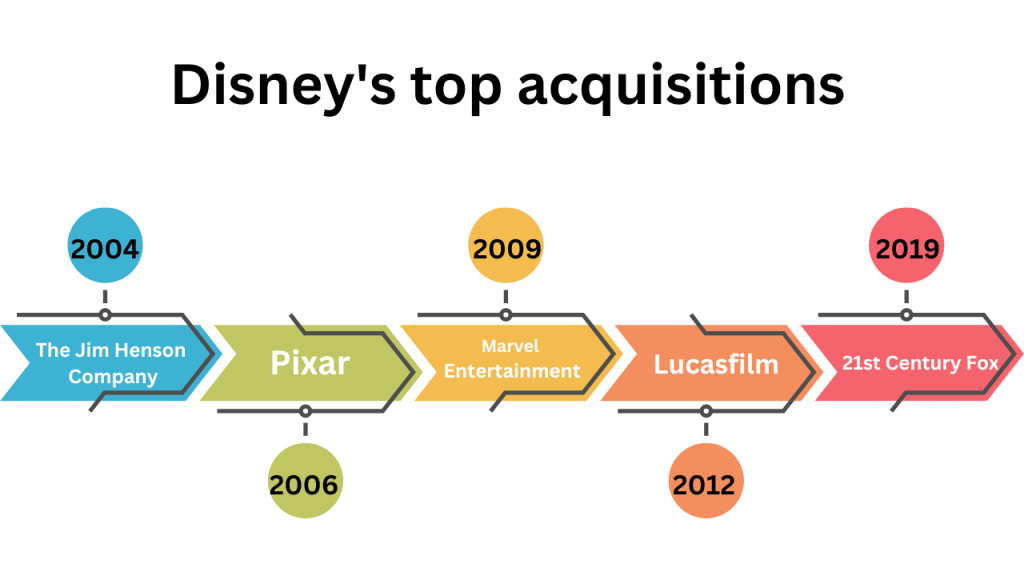
DISNEY BUSINESS MODEL
In February 2023, Disney announced a strategic restructuring into three core business segments:
- Disney Entertainment
- ESPN
- Disney Parks, Experiences and Products
Disney Entertainment: Disney Live Action, Walt Disney Animation Studios, Pixar Animation Studios, Marvel Studios, Lucasfilm, 20th Century Studios, Searchlight Pictures, Disney Music Group, Disney Theatrical Group, ABC Entertainment, ABC News, ABC Owned Televisions Stations, Disney Branded Television, Disney Television Studios, Freeform, FX, Hulu Originals, National Geographic Content, Onyx Collective, Disney +, Hulu
ESPN: ESPN networks and ESPN+
Disney Parks, Experiences and Products: theme parks, cruise lines, resort destinations, Adventures by Disney and National Geographic Expeditions, as well as Disney’s global consumer products, games, and publishing businesses.
What is Disney’s business model?
Disney’s business model is a two-phase process:
- Phase 1: create fantastic stories with wonderful animated characters (movies)
- Phase 2: turn the characters into sustainable and scalable brands by building consumer markets for each of them
Let’s take ‘Toy Story’ for example. According to this business model, the Company multiplies the revenue generated in Phase 1, by product diversification in Phase 2. Overall, the ‘Toy Story’-driven revenue looks like this:
- Toy Story theatrical movie launch (tickets)
- Toy Story Land, a themed experience in Disney Parks across the globe
- Toy Story merchandise (toys, clothing line, collectibles, homeware)
- Toy Story video game
- Toy Story TV series
- Toy Story graphic novel
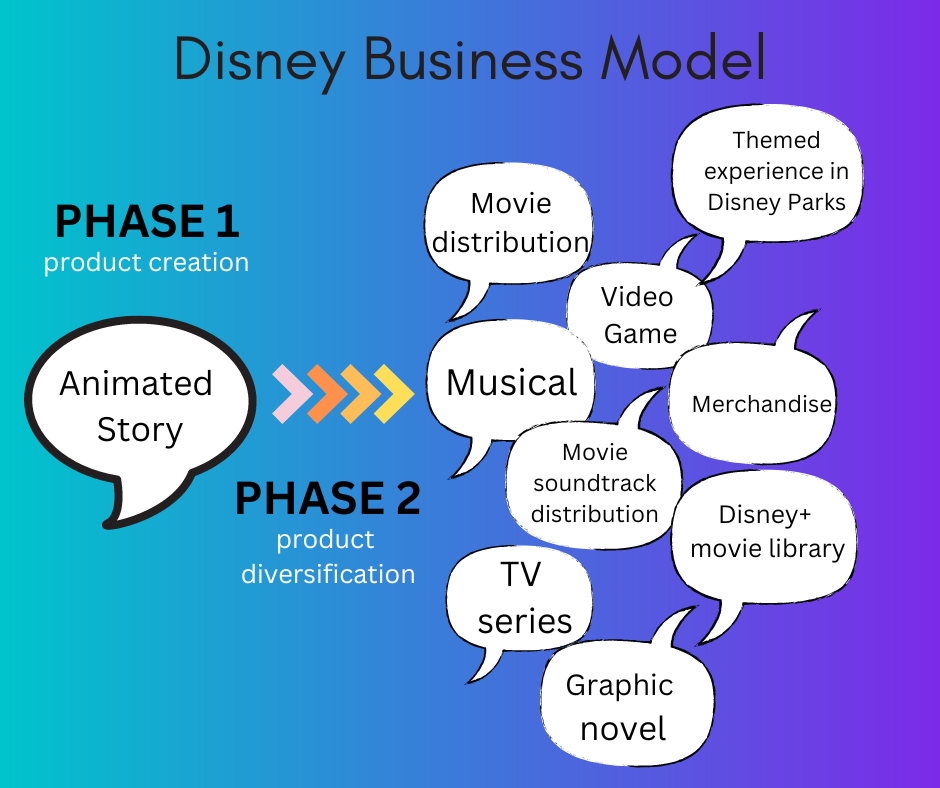
DISNEY’S SOURCES OF REVENUE
- Theatrical distribution of Disney movies
- Content Sales/Licensing
- Live entertainment events licensing (Broadway and worldwide)
- Music distribution
- Sales of tickets for admission to theme parks & experiences
- Sales of merchandise, food and beverage at Parks & Experiences
- Sales of room nights at hotels, sales of cruise and other vacations
- Paid subscriptions (Disney+)
- Merchandise licensing and retail (toys, clothing line, collectibles, homeware)
- Advertising sales (Disney+)
- Fees paid by cable companies
Create powerful brand stories like Disney
On Day 2 of BRAND MINDS, participants attended the ultimate DESIGN THINKING & INNOVATION MASTERCLASS delivered by Duncan Wardle, Innovation Expert & Former Creative Director of Disney.
During the 5-hour masterclass, teams learned:
- 8 creative behaviours and how to use them to think more creatively;
- 5 lateral thinking tools allowing your team to innovate;
- How to outperform your competition by challenging the rules of your industry;
- Frameworks for creating a sustainable culture of innovation and creativity throughout your organization.
After attending Duncan Wardle’s unique Masterclass, professionals will be able to:
- Redefine how they think about problems;
- Come up with solutions to immediately drive positive growth for the organization;
- Discover the tools of creativity & innovation with impact on business;
- Get practical takeaways on how to develop revolutionary ideas;
- Receive the guidelines for building an innovation-driven employee culture;
- Learn how to engage with prospects and followers in new and fresh ways.
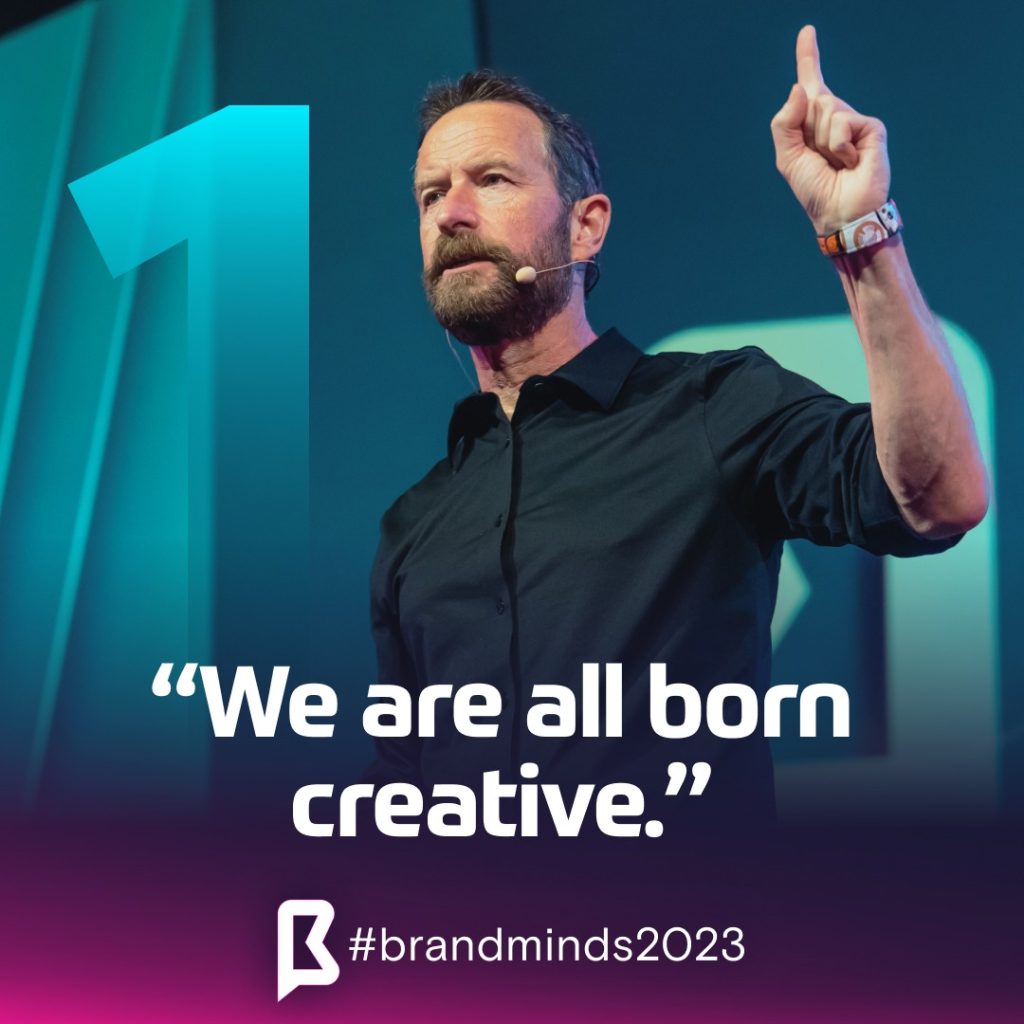
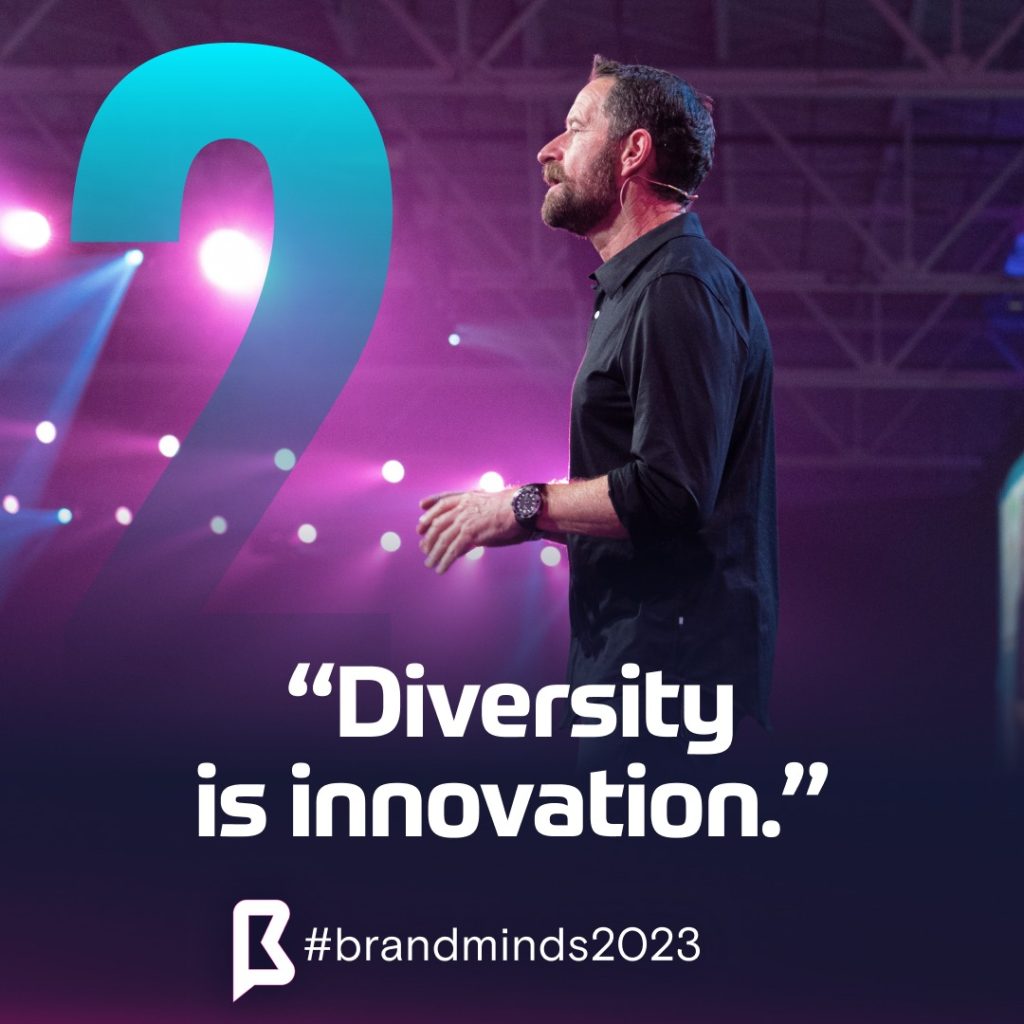
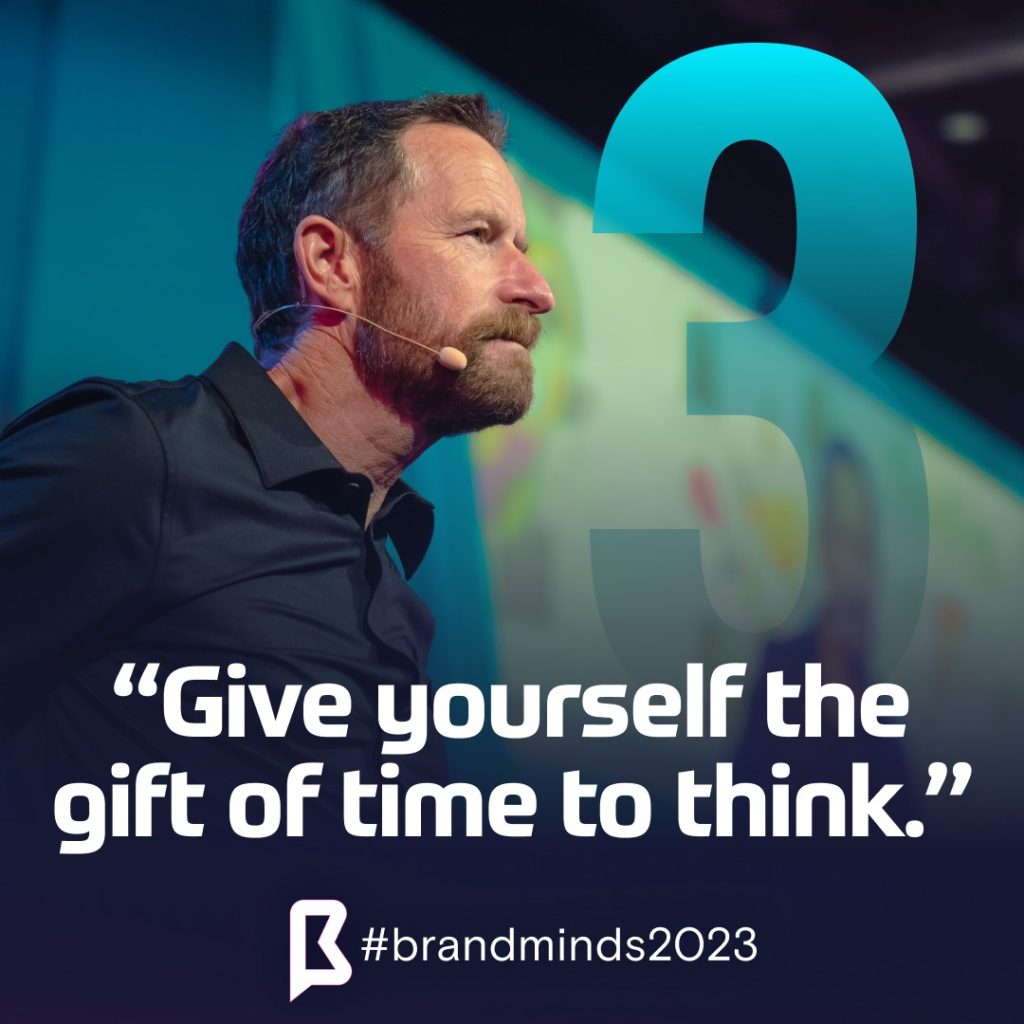
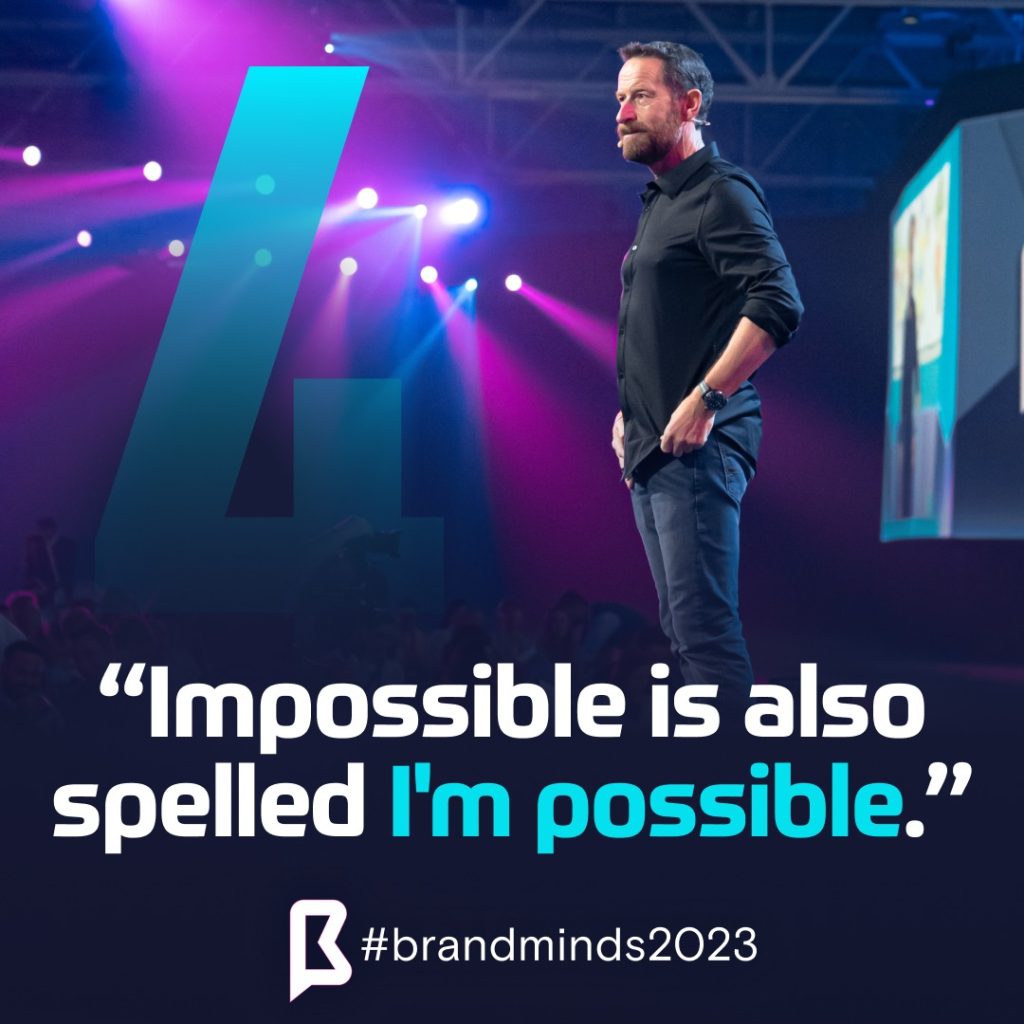
Duncan Wardle worked with NASA to launch Buzz Lightyear, the famous and beloved Toy Story character, into space
‘Toy Story’ is one of Disney’s most successful animated films of all time. In 2008, a new attraction based on the film was launching at Disney Parks and Duncan Wardle and his team were tasked with promoting the new experience.
A fan of ‘Toy Story’, Duncan knew that many girls and boys loved Buzz and shared his dream of flying into space so that’s what he was going to do. But how are they going to get NASA’s approval on this “crazy” project? By finding and solving one of the agency’s pain points.
At the time, NASA was struggling to overcome to increase Americans’ interest in space exploration. So Duncan pitched the heads of NASA that sending Buzz Lightyear to space was a great way to introduce a new generation of kids to space travel and to build interest in STEM skills for youths across the country. NASA agreed and Buzz Lightyear spent almost 18 months at the International Space Station firing the imagination of kids and grown-ups alike through contests, learning games and many other activities. The project was a huge success!
Want to know more about Disney? Check out Disney: The Story Behind the Brand.
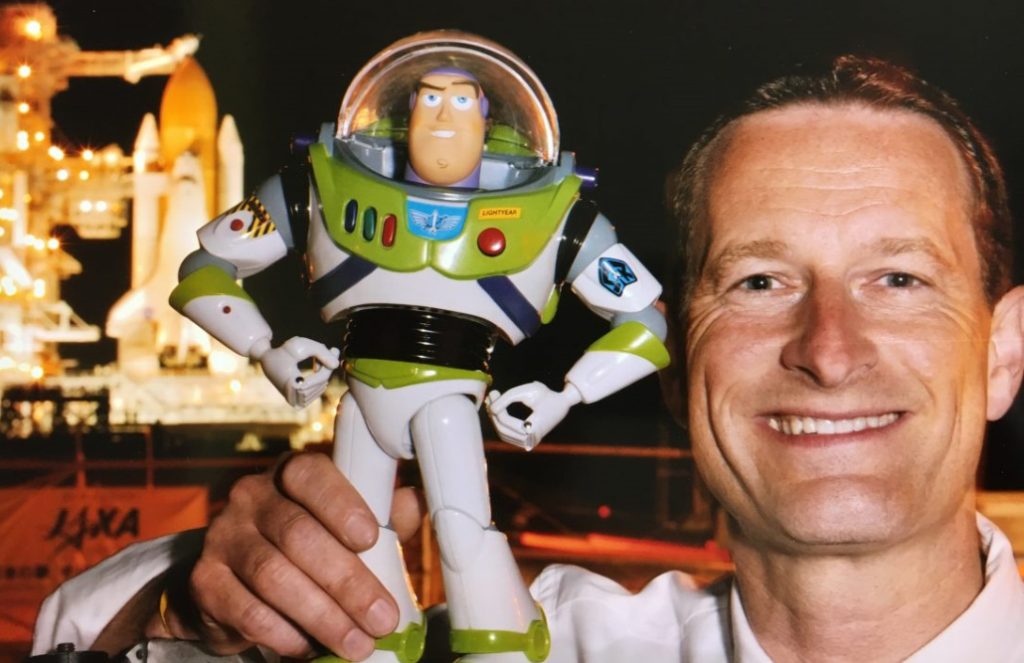
What you need to know about Duncan Wardle:
- Worked at Disney for 25+ years;
- Disney created the job role of Head of Innovation and Creativity, especially for him;
- He helped Imagineering, Lucasfilm, Marvel, Pixar and Disney Parks to innovate, creating magical new storylines and experiences for consumers around the globe;
- Awarded creativity leader (received The White House American Citizen Award and the Duke of Edinburgh Award, presented by Her Majesty The Queen);
- Creator of the Imagination Emporium™ toolkit which teaches leaders how to build an innovation-driven employee culture;
- Trained over 5000 professionals at Fortune 100 companies (Apple, Amazon, Coca-Cola, Johnson & Johnson);
- The Buzz Lightyear toy he sent to space was his son’s.
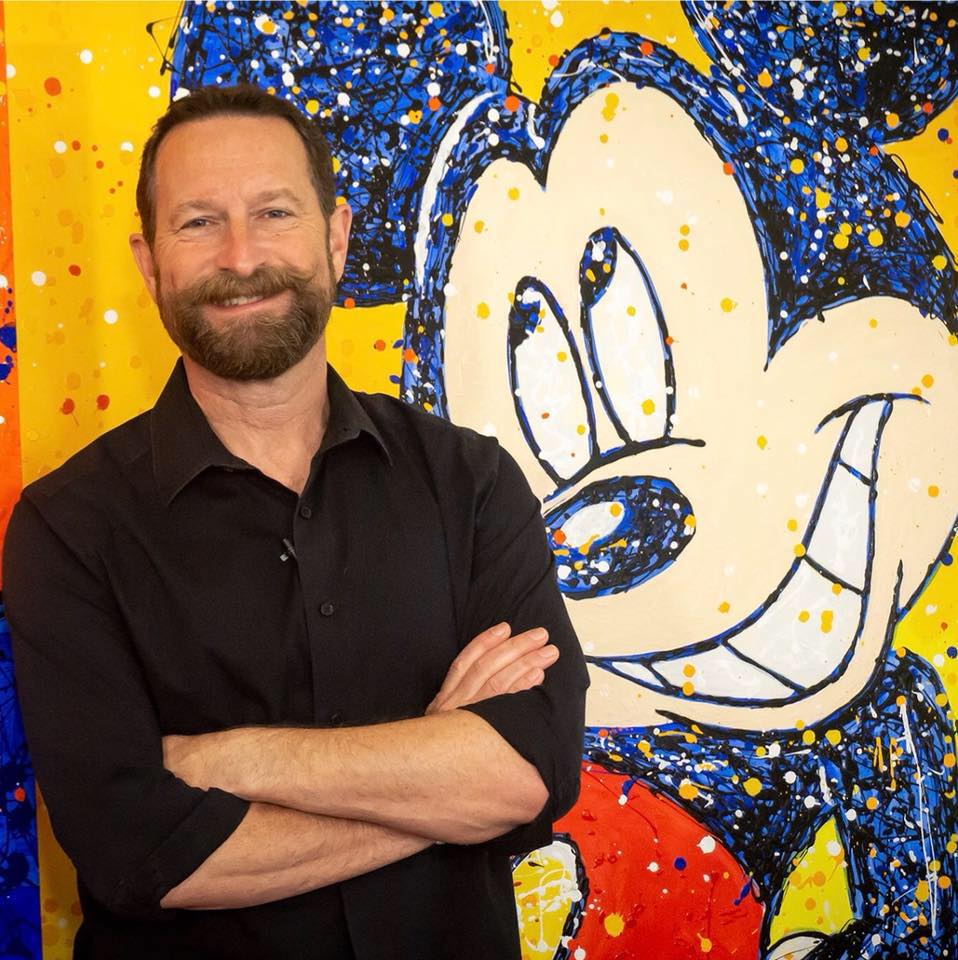
5 successful storytelling frameworks
Looking to upgrade your storytelling skills? Use one of the 5 storytelling frameworks great movie directors and speakers use to tell stories.
Table of Contents
The Pixar storytelling framework
Pixar, the acclaimed animation studio produces animated films loved by both children and adults.
Few people know but Pixar began in 1979 as part of the Lucasfilm computer division, known as the Graphics Group.
In 1986, Apple co-founder Steve Jobs purchased the Graphics Group and established it as an independent company called Pixar.
Pixar’s first client was Disney, a collaboration that continued over the next twenty years and resulted in Disney purchasing Pixar in 2006 at a valuation of $7.4 billion.
The innovative computer animation studio has produced 24 films with amazing global success. Toy Story 3, Finding Dory, Incredibles 2, and Toy Story 4 are all among the 50 highest-grossing films of all time.
Pixar has earned 23 Academy Awards, 10 Golden Globe Awards, and 11 Grammy Awards, along with numerous other awards and acknowledgements.
Storytelling-wise, what’s the secret behind the success of Pixar movies?
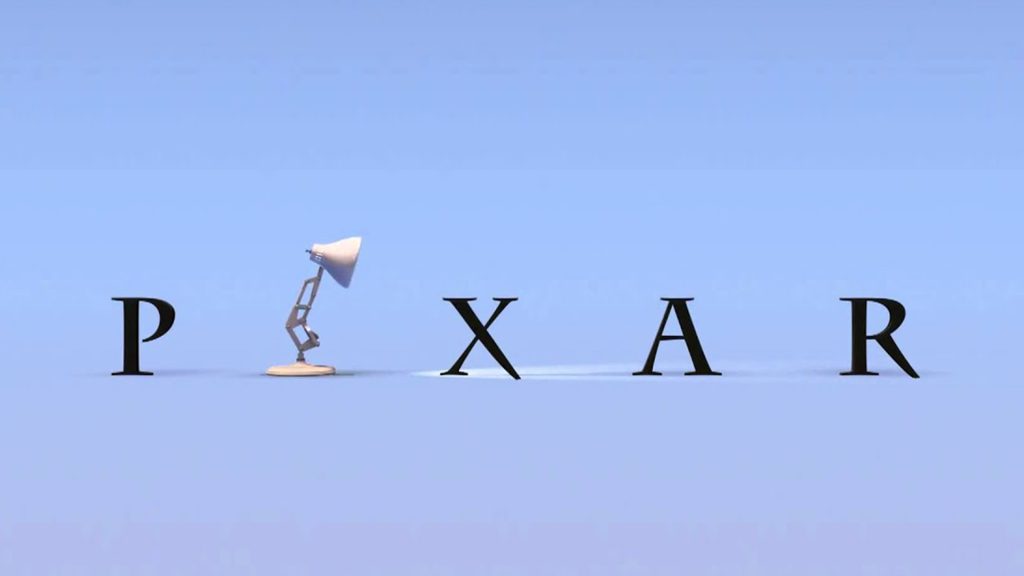
They all follow a simple storytelling framework that anyone can use to tell their brand stories, earn awareness or drive sales.
The Pixar Framework applied to ‘Finding Nemo‘
1. Once upon a time there was a widowed fish, named Martin, who was extremely protective of his only son, Nemo.
2. Every day Marlin warned Nemo of the ocean’s dangers and implored his son not to swim far away.
3. One day in an act of defiance, Nemo ignores his father’s warnings and swims into the open water.
4. Because of that he is captured by a diver and ends up in the fish tank of a dentist in Sydney.
5. Because of that Marlin sets off on a journey to recover Nemo, enlisting the help of other sea creatures along the way.
6. Until finally Marlin and Nemo find each other, reunite and learn that love depends on trust.
The Rags-to-Riches storytelling framework
The Rags to Riches framework refers to any situation in which a person rises from poverty to wealth, celebrity or happiness.
This storytelling framework is one of the simplest: think Aladdin, Cinderella, or if you want real-life stories, Oprah and J.K. Rowling.
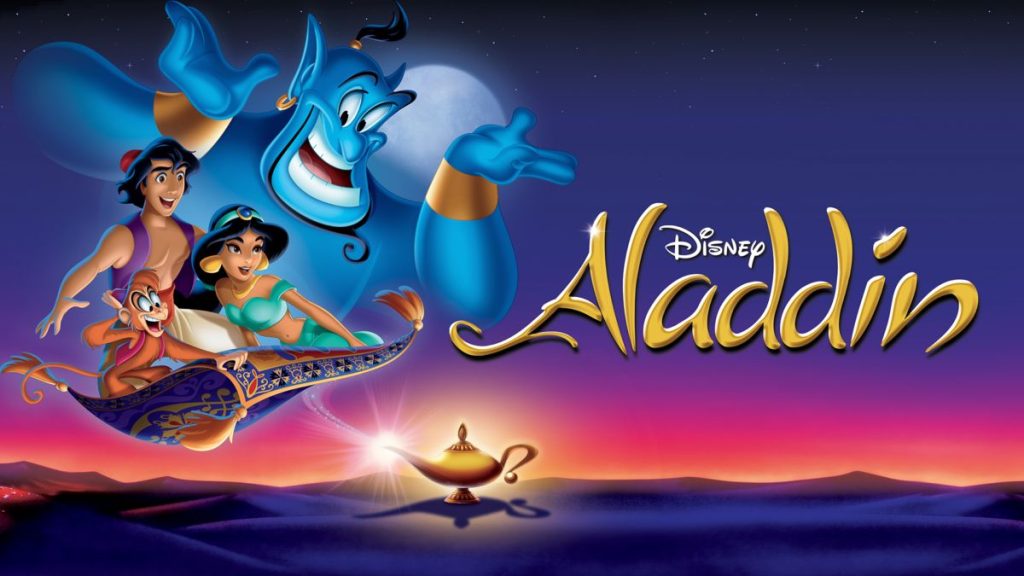
The rags-to-riches storytelling framework is comprised of 4 basic stages:
The Rags
The first stage of the story is the rags. Here we meet the main character of the story and discover the tough conditions in which he or she lives (poverty or oppression).
We also acknowledge the qualities that these main characters possess which makes us, the audience, wish they could live a better life. Aladdin is smart, Cinderella is kind.
Oprah was raised in poverty, but she was an excellent student at the university where she studied communications.
As a young divorced and jobless mother, JK Rowling was diagnosed with depression and contemplated suicide.
Opportunity or The big break
Amidst tough times, opportunity comes knocking on the character’s door.
It may take the shape of a magical creature like Aladdin’s Genie in the bottle or Cinderella trying on a glass slipper.
For Oprah, the opportunity was hosting a morning talk show at a local TV station.
JK Rowling’s opportunity came as an idea for Harry Potter, the story that would become a huge global bestseller. Her big break was a publishing house in London which agreed to publish JK’s first Harry Potter book after 12 different publishers turned her down.
Overcoming adversities
While writing the first Harry Potter book, JK’s mother died following a long-term illness. She had a low-paying job but she kept writing.
By the time she completed her third book in the series, JK had ended an abusive marriage and was raising her daughter alone living on welfare benefits. She was as poor as she could be without being homeless.
Oprah’s family was so poor she used to wear potato sacks as a dress. Her mother didn’t provide care or attention and her father was absent. She suffered repeated sexual abuse and gave birth at 14 years old to a baby boy who died within two weeks.
The Riches or Happy End
The Harry Potter series broke sales records everywhere in the world and made JK very rich. She is the first author in the world to achieve a net worth of $1 billion.
Oprah focused on her professional career by hosting the famous Oprah Winfrey Show – the most successful talk show of all time. Her fortune exceeds $2 billion.
The Big Idea storytelling framework
A great example of the Big Idea storytelling framework is Steve Jobs’ iPhone introduction at MacWorld 2007.
It’s a great presentation, delivered by Steve with confidence, humour and touches of sarcasm aimed at the competition.
The Big Idea framework applied to Steve Jobs’ iPhone presentation
Setting
Steve begins by showing the audience Apple’s long experience of designing and creating innovative products that revolutionized the industry. Btw, revolutionary is a word Steve uses a few times to describe iPhone with the goal to trigger excitement among the audience.
Characters
Who are the characters in Steve’s story? Apple’s competition and their smartphones, Blackberry and Nokia are two of them.
Conflict
The conflict in this story is defined more appropriately as a problem to which the iPhone is the solution. Smartphones designed by the competition are not exactly smart, are difficult to use, have a small screen and have poor internet capabilities.
The Big Idea
Steve’s big idea was to innovate in order to solve the problems listed in Conflict. His solution was to take three different products, an iPod, a mobile phone and an internet device and make them into one: the iPhone.
The iPhone is revolutionary: it has multi-touch (an Apple-patented UI interface), a bigger screen display, powerful built-in cameras etc.
Resolution
What does the world look like for customers using iPhones instead of Nokias or Blackberries?
A lot more convenient thanks to its many new features and advanced capabilities.
The Story Cycle™ storytelling framework
The Story Cycle ™ was created by brand story strategist Park Howell.
It’s a 10-step guide to brand story creation, business communications and leadership development.
While looking at the illustration of The Story Cycle and searching for a famous story I can apply the framework, it suddenly occurred to me that there is one story that matches this framework perfectly: the story of Luke Skywalker, the Star Wars Jedi.
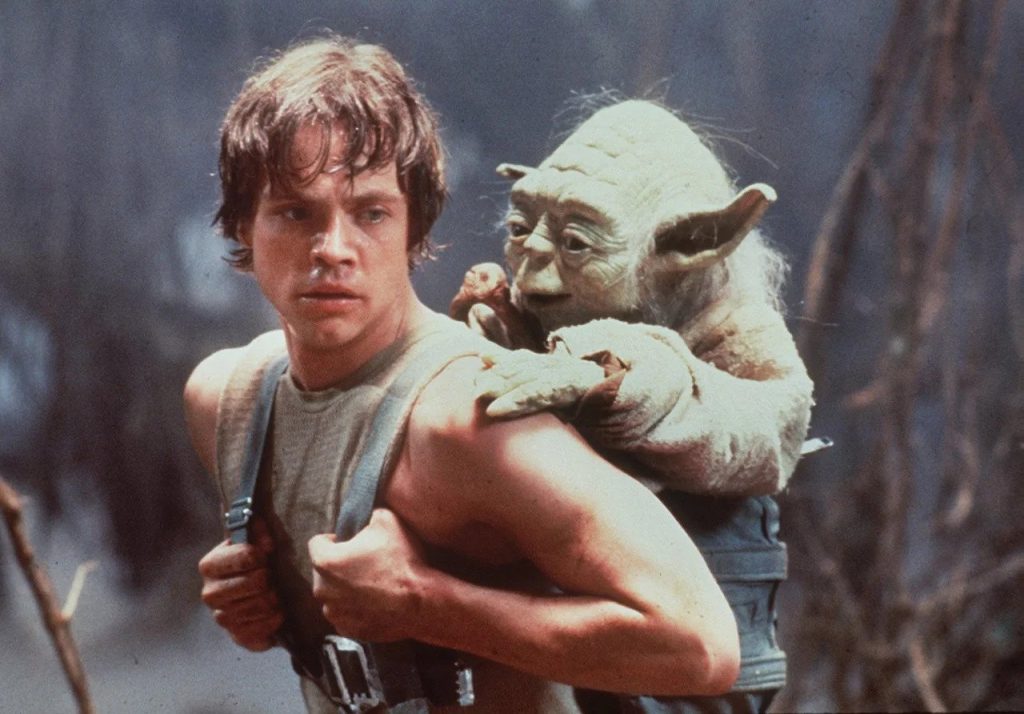
The story of Luke Skywalker as The Story Cycle framework
Backstory
Luke Skywalker is a young man living on a moisture farm on Tatooine.
He was raised by his aunt and uncle and knows very little about his parents. He is completely oblivious to the fact that his father is Darth Vader, one of the most powerful Jedi knights in the universe and his mother is Padme Amidala, former Queen and senator of the planet of Naboo. Padme died after giving birth to Luke and Leia, his twin sister. Darth Vader also doesn’t know what had become of his children.
Hero
Luke yearns for adventure among the stars. As chance would have it, he soon gets his wish when he buys two droids, R2D2 and C-3PO carrying a very important message from Leia, a senator and Rebel leader.
With the help of Obi-wan Kenobi, who by now had revealed to Luke the true identity of his father, decides to help the droids deliver the message to the Rebellion. Luke’s journey of transformation begins.
Stakes
Before she was captured by Darth Vader, Leia had hidden the plans to the Imperial Death Star R2-D2.
The Death Star was so powerful a weapon, it could destroy an entire planet. It is imperative for the plans to be delivered to the Rebellion so the weapon could be destroyed.
Disruption
The Imperial Stormtroopers tracked the droids to Luke’s home and killed his aunt and uncle. Left with no family and no home, Luke agrees to join Obi-wan Kenobi and rescue Leia from the Death Star.
Antagonists
Luke’s antagonists are Darth Vader and the maleficent Emperor.
Mentor
After firing the shot that destroyed the Death Star, Obi-Wan Kenobi appears before Luke as his Force Ghost and urges Luke to find the Jedi Master Yoda. Luke goes to planet Dagobah, where the Jedi Master Yoda was hiding and trains with him to become a Jedi.
Journey
In a short period of time, Luke goes from being a farm boy with few prospects of changing his destiny to a Jedi knight fighting alongside the Rebellion to stop the Emperor and Darth Vader.
Victory
In his first encounter with Darth Vader as a young Jedi, Luke loses his hand when Vader chops it off.
Fighting Vader again, this time before the Emperor, Luke refuses Vader’s request to join the Dark Side. Instead Luke pulls his father back to the Light Side. Mortally wounded, Vader kills the Emperor to save his son.
Moral
Luke learns we are all made of dark and light and that both sides are equally powerful. No matter how attractive the dark side is, there is always something good left inside of us that we can always go back to. Being good or evil is a matter of choice.
The Hero’s Journey storytelling framework
Also known as the monomyth, The Hero’s Journey is the standard template of the hero-focused story where the hero goes on an adventure, is victorious in a decisive crisis or a series of struggles, and comes home changed or transformed.
This template was popularized by Joseph Campbell, a professor of literature with a focus on comparative mythology.
He discusses his theory, the hero’s journey in his book, The Hero with a Thousand Faces (1949). Joseph Campbell’s hero journey has 3 stages (departure, initiation, and return) with 17 steps.
The framework that many writers use now is Christopher Vogler’s simplified version of Campbell’s journey. Christopher Vogler is a Hollywood screenwriter best known for working with Disney. His version maintains the 3 stages but has 12 steps.
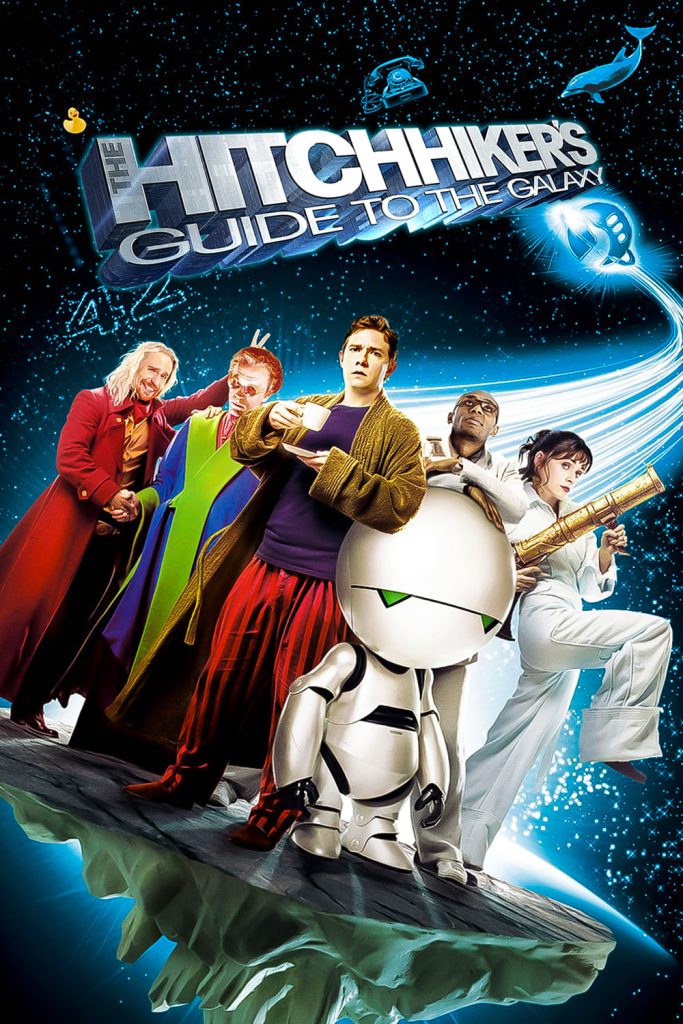
The Hero’s Journey framework applied to ‘The Hitchhiker’s Guide to the Galaxy‘ movie
1. The ordinary world.
Arthur Dent lives an ordinary life in the countryside, in the UK. One morning he is informed that his house is set to be demolished for a planned road bypass. To save his house, he lies down in front of the bulldozer.
2. The call to adventure.
His friend Ford Prefect arrives and takes him to the pub to save his life. Here he tells Arthur that he’s an alien from another planet and that the Vogons, another alien species, are about to destroy the Earth to make space for a hyperspatial express route. Ford saves Arthur minutes before Earth is destroyed by hitching a ride on the Vogon’s ship.
3. Refusal of the call.
Ford explains the whole situation to Arthur, but Arthur refuses to go to space.
4. Mentor.
Ford has been Arthur’s friend for a long time, but now it’s the first time he reveals his true identity. Ford also confesses to Arthur that he’s in fact a writer researching for his book, The Hitchhiker’s Guide to the Galaxy. Ford assumes the role of a teacher to Arthur, helping him to cope with the new situation and showing him how to adapt to life in the galaxy.
5. Crossing the threshold.
Arthur crossed into a new world when Ford teleported both of them to the Vogon ship.
6. The ordeal.
Throughout his journey across the galaxy, Arthur goes through a series of trials and tribulations meant to take him out of his comfort zone together with his new friends, Ford, Zaphod and Tricia, his love interest. In doing so he realizes that what’s keeping him from living a happier life is fear. The last obstacle that he must overcome is the biggest: save his own life and the life of his friends. His newfound strength and bravery help him convince Tricia that he’s changed.
7. The return.
Arthur and Tricia decide against going back to the newly rebuilt Earth. Instead, they set out to explore the galaxy together. It’s not the hero’s standard return home but Arthur’s return to his true self.
Conclusion
Everybody has a story to tell.
Some have an innate ability to tell compelling stories while others could use the help of a framework.
The most widespread storytelling frameworks are these five:
- Pixar’s Once upon a time framework
- The Rags-to-Riches framework
- The Big Idea framework
- The Story Cycle framework
- The Hero’s Journey framework
Think about your story or your company’s story and choose the most appropriate framework. Now you can tell your story!
How Brand Partnerships Move Your Business Forward (with examples)
As a business owner, you are competing with other businesses in your market for the attention of your customer base. What if you took a different approach: choose to build brand partnerships instead of competing with each other?
Step down the competition race and learn how brand partnerships move your business forward.
In this article:
- Three examples of brand partnership: Virgin Atlantic x Aviation Gin, YouTube x Waze, Coca Cola x Disney
- 5 factors for a successful brand partnership
- 9 benefits of brand partnerships
Brand Partnerships: Virgin Atlantic x Aviation Gin, YouTube x Waze, Coca Cola x Disney
Virgin Atlantic x Aviation Gin
In September of 2018, Virgin Atlantic announced a partnership with Aviation American Gin owned by actor and producer, Ryan Reynolds.
The famous UK airline founded by Sir Richard Bronson would serve the award-winning gin to their Upper Class passengers and Club Gold members.
Here’s what Sir Richard Branson said on this partnership:
Working with Ryan and his team on this partnership has been so exciting. Aviation Gin is a true icon born out of a spirit of innovation, so serving it on board Virgin Atlantic flights seemed like a natural combination.
YouTube x Waze
In August this year, YouTube announced its partnership with Waze.
YouTube Premium and Music Premium subscribers can safely listen to their favourite music from directly within the Waze app, where they get their directions. It’s a natural match: listening to your favourite music makes driving more enjoyable.
With YouTube Music and Waze together in one experience, there has never been a more entertaining way to get around.
YouTube
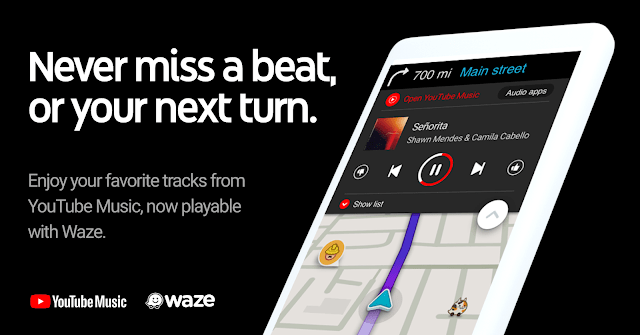
Coca Cola x Disney
Earlier this year, Disney approached Coca Cola with a novel idea for a partnership: creating custom bottles of Coca Cola for Star Wars: Galaxy’s Edge, a new experience playing at the Disneyland Park.
The Star Wars-inspired Coca Cola bottles have a rounded look and brand name printed on rusted labels in Aurebesh, the written language featured in the film franchise.
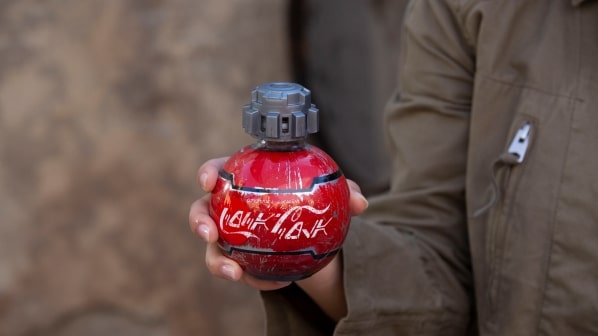
Custom bottle of Coca Cola for Disney’s Star Wars: Galaxy’s Edge / coca-colacompany.com
When we first approached Coca-Cola and shared the idea of bringing their products into the Star Wars galaxy in a new and unique way, they immediately saw the opportunity to give our guests the refreshing drinks they love in a way that maintained the authenticity of the story – which is very important to us – and that was, frankly, just plain cool.
Scott Trowbridge, portfolio creative executive and studio leader, Walt Disney Imagineering
5 factors for a successful brand partnership
Two heads are better than one, goes the popular saying. But one needs to be careful which heads – a.k.a brands – are a perfect match for each other.
Here are 5 factors you should take into account for a successful brand partnership:
- The two brands are complementary, but not competitive;
- They have similar values and target audiences;
- A shared objective and goal;
- Involve the right people from both companies;
- Bring on board senior executives and even the CEOs from both companies.
9 benefits of brand partnerships
Brand partnerships are successful when both companies start with a win-win mindset.
Here are 9 benefits of brand partnerships:
- Sharing customer bases;
- Break into new markets;
- Cross-selling;
- Expanding your customer base;
- Lead-generating opportunities;
- Brand strengths are amplified through collaboration;
- A great experience for the customers;
- Enhanced brand awareness and exposure.
Do you plan to build partnerships with other companies?
Join the Conversation
We’d love to hear what you have to say.
Get in touch with us on Facebook Group and Twitter.
